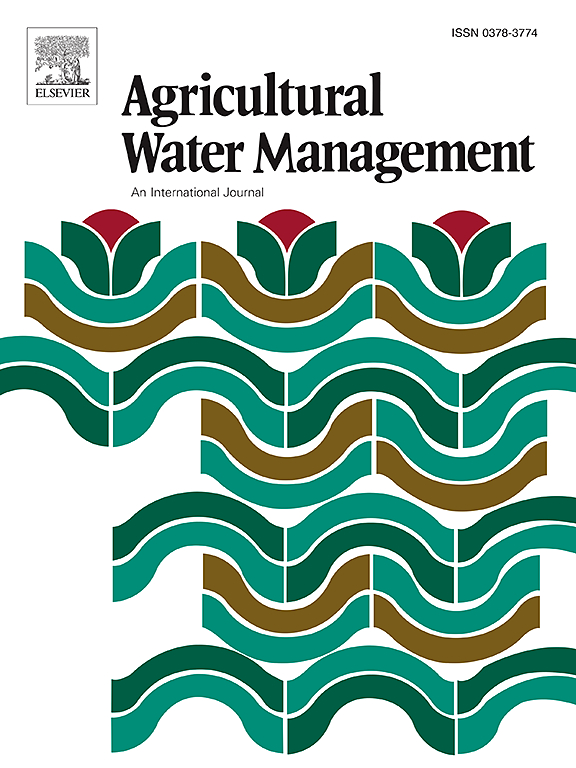从时间序列天气和作物生物数据预测植物可用水量(PAWC)的多模态顺序跨模态变压器
IF 5.9
1区 农林科学
Q1 AGRONOMY
引用次数: 0
摘要
深度学习(DL)和机器学习(ML)已被广泛应用于植被指数的卫星数据中,以推断与雨养环境中影响作物性能的土壤特征相关的间接特征。在本文中,我们提出了一个基于时序多模态数据(包括生物量、叶面积指数(LAI)、归一化植被指数(NDVI)和累积天气变量)的土壤植物有效水分(PAWC)预测模型。通过使用不同的土壤PAWC、天气和管理参数进行大量的模拟,我们探索了模拟输出和天气的组合,以估计PAWC,并确定阻碍预测模型准确性的因素。实验结果表明,与传统的机器学习方法相比,我们的方法具有显著的潜力。具体地说,我们的方法在将每个PAWC配置文件分组为两个或五个PAWC类的情况下提高了预测精度。对于更多的类(10个类),该模型的总体准确率达到60%以上,并且在最低的5个PAWC类上表现良好。利用序列多模态数据预测土壤水位为未来的工作提供了一个方向,即转化为经验数据集,并探索DL模型预测能力的边界。本文章由计算机程序翻译,如有差异,请以英文原文为准。
Multimodal sequential cross-modal transformer for predicting plant available water capacity (PAWC) from time series of weather and crop biological data
Deep learning (DL) and machine learning (ML) have been applied widely to satellite data of vegetation indices to infer indirect features associated with soil characteristics that affect crop performance in rain-fed environments. In this paper, we propose a DL model for prediction of plant available water capacity (PAWC) of the soil from sequential multi-modal data including time series of biomass, leaf area index (LAI), normalised difference vegetation index (NDVI), and cumulative weather variables. By initiating large numbers of simulations with different soil PAWC, weather and management parameters, we explore combinations of the simulation outputs and the weather to estimate the PAWC and to determine the factors that impede the accuracy of the prediction model. Experimental results demonstrate the significant potential of our method compared with traditional ML methods. Specifically, our method increases the prediction accuracy in situations where each PAWC profile is grouped into two or five classes of PAWC. For more classes (10 classes), the model achieves more than 60% for the overall accuracy and performs well on the lowest five PAWC classes. The utilisation of sequential multi-modal data to predict soil water level provides a direction for future work to translate onto empirical datasets and also to explore the boundaries of the prediction ability of DL models.
求助全文
通过发布文献求助,成功后即可免费获取论文全文。
去求助
来源期刊

Agricultural Water Management
农林科学-农艺学
CiteScore
12.10
自引率
14.90%
发文量
648
审稿时长
4.9 months
期刊介绍:
Agricultural Water Management publishes papers of international significance relating to the science, economics, and policy of agricultural water management. In all cases, manuscripts must address implications and provide insight regarding agricultural water management.
 求助内容:
求助内容: 应助结果提醒方式:
应助结果提醒方式:


